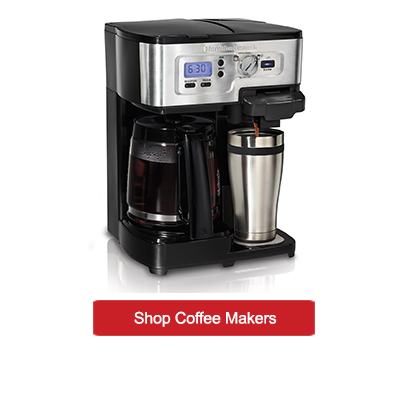Every great cup of coffee begins with these five basics— know the roasts, start with whole beans, measure your ingredients, water quality, and filters. No matter how you choose to brew, these tips can be used to brew the best cup of coffee at home every time.

- Know the Roasts
If you don’t already know your preferred coffee flavor, you can narrow down to your favorite by testing out different roasts. While names and flavors vary by brands, there’s a pretty standard category for roasts – light, medium, medium-dark and dark.
- Light roasts are usually milder in flavor but slightly higher in caffeine. Sometimes you’ll see them named Light City, Half City or Cinnamon.
- Medium roasts are a bit stronger. These are often referred to as American because it’s the preferred roast in the U.S., but you might also see them named City or Breakfast.
- Medium-Dark has a slight bittersweet aftertaste and is typically referred to as Full City or Vienna.
- Dark roasts have less acidity than the other three and pronounced bitterness. Darker roasts have a wider flavor range and the names are often used interchangeably. Look for Continental, European, Italian and French.
(Source: National Coffee Association USA)

- Start With Whole Beans, Every Time
Grinding beans each time you brew can preserve the fragrance, natural oils, flavor and freshness of the coffee. It is one of the most important and impactful things you can do when making coffee at home. Ultimately the grind you select is about the taste you want.

The easiest way to figure out your perfect grind is to get a bag of whole beans and an in-home grinder so you can grind, brew and adjust the coarseness of your grind until you reach perfection. A number of coffee makers come with built-in grinders, or you can purchase a separate coffee grinder as well.
Coffee grinds range in size, and size directly affects how much time the grounds are in contact with water. In general, you want to use coarser grinds for longer brewing times and finer grinds for shorter brewing times. Your goal when brewing is to extract the perfect amount of flavor from your coffee, so grind size matters.
- Coarse Grinds are ideal for Cold Brewing and French Press and range in size from kosher sea salt to table salt.
- Medium Grinds are best for Automatic Drip Coffee Makers and range in size from sand or table salt to fine sand.
- Fine Grinds are used for Espresso and typically will be the size of fine sand.
If your initial brew tastes a little bitter, astringent or too strong, try making your grind a little coarser next time. If your brew tastes weak, watery or flat, try adjusting your grind to be a little finer. Adjusting just a small amount will make a big difference, so keep adjustments small and continue adjusting until you find the grind that’s perfect for you.
The freshness of your coffee beans matter a great deal as well, and an opened bag of coffee is highly perishable— check out our tips storing coffee and keeping it fresh.
- Measuring Matters
Take the time to measure out your water and coffee accurately so your coffee isn’t too watered down or too strong. As a rule of thumb, 1-2 tablespoons of coffee grounds per cup of coffee should be used, depending on your strength preference. A typical coffee scoop measures about 2 tablespoons in volume.
Keep in mind that most coffee makers mark each cup approximately 6 ounces, not the American 8 ounce liquid measure. That’s because a “cup of coffee” is based on the Old English teacup that many hotels and tearooms still use today.
- Water is a Key Ingredient
Coffee is mostly water, so the quality of the water you use plays a key role in the taste of your coffee. Use filtered tap water or bottled cold water. Cold water absorbs fewer minerals from plumbing than hot water does. Plus, cold water lets the coffee maker do its job of bringing the water up to the proper brew temperature. Never use distilled water because it’s missing minerals that add to water’s taste and aid in extraction.
- Filters Make a Difference, Too
The coffee filter you select matters as well; you should purchase the best quality that you can afford. Paper filters trap more sediment (which some people find bitter) and let you use any type of grind. Permanent filters require a coarser grind and allow more coffee oils to pass through, producing a stronger and more full-bodied cup of coffee.
Bonus Tip: Keep Your Coffee Maker Clean.
Clean your coffee maker every 30 days to remove oil residue and prevent buildup that can impact flavors. Follow the manual of your coffee maker or check out our tips for how to clean your coffee maker. And if you’re still not convinced, here are 10 Reasons To Clean Your Coffee Maker.




